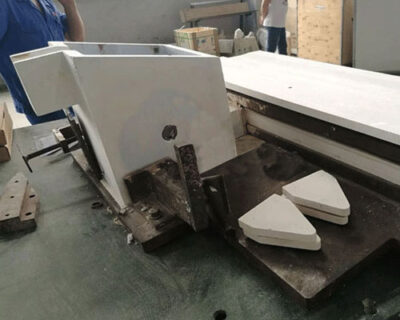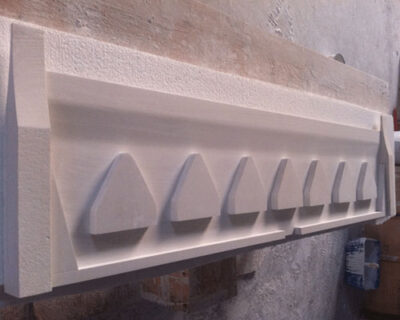The aluminum casting nozzle is used as a part of the feeding mechanism of aluminum and aluminum alloy casting and rolling mills. Its function is to supply liquid aluminum to the roll gap between two casting rolls. The rotating roller is equivalent to the crystallizer and simultaneously rolls the crystallized aluminum.
The continuous rolling process of the continuous casting and rolling mill is to continuously input liquid metal between the roll gaps of two relatively rotating rolls cooled by liquid water, and continuously eject the coil billet through cooling and continuous casting.
Features of twin-roll continuous casting and rolling method
1. Realize continuous casting and rolling production, save ingot and hot rolling process, and reduce cost.
2. The equipment is simple, the area is small, the investment is small, and the construction speed is fast.
3. Simple process and convenient maintenance.
The casting-rolling zone refers to the area between the centerline of the two rolls (also called the roll centerline) and the leading edge of the aluminum casting head. The length of the cast-rolling zone is determined before the start of the cast-rolling. It is determined by the thickness of the cast-rolled plate, the diameter of the roll, the alloy, the performance of the equipment, the force and the thickness of the casting nozzle edge.

Ideally, the heat distribution of the liquid metal leaving the caster tip of the caster is as uniform as possible along the length of the tip of the caster. The width of the casters can be between 0.3 m and 2.5 m.
The molten aluminum leaving the casting nozzle is usually at the hottest state in the center area and insulated at the two outer ends of the tip. The cooler areas are usually located to the left and right of the center area, between the center area and the end area of the caster tip. These temperature differences will affect the uniformity of the casting process and the quality of the cast metal strip.

